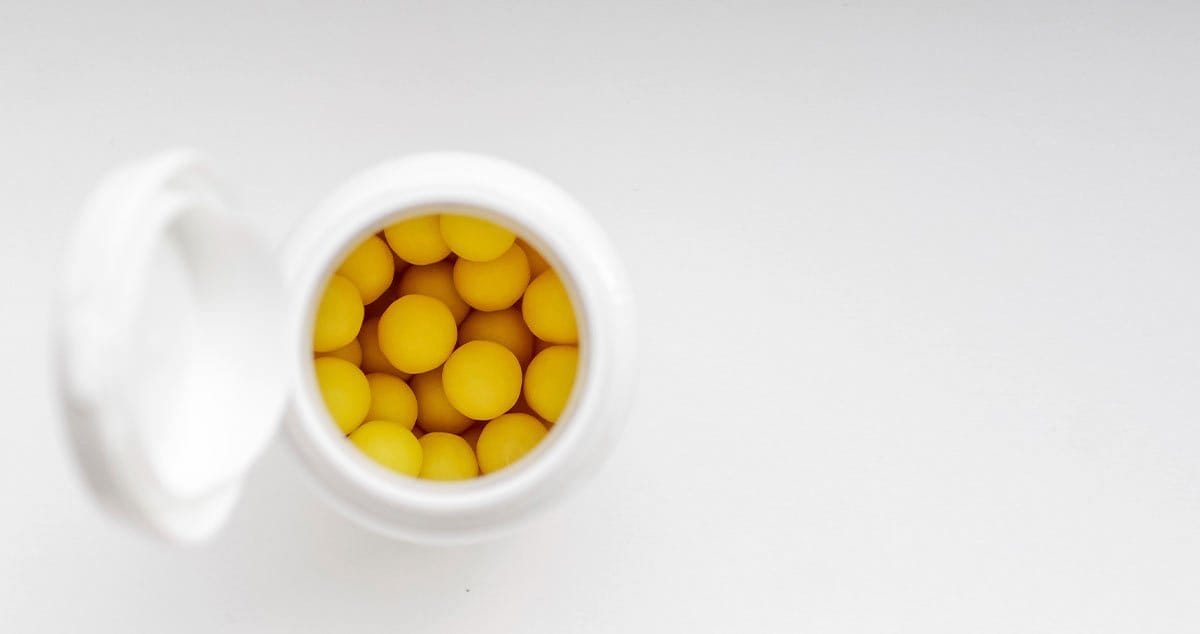Dangers of Korkodil Meth
For the past several years, opioid overdoses have been one of the leading causes of death in the United States. In both 2022 and 2023, more than 80,000 people have died from overdosing on opioids and its derivatives. One of these derivatives, Krokodil meth, is an especially dangerous drug that has become increasingly popular, particularly in Eastern European countries.
What is Krokodil?
Krokodil meth is the street name for a semi-synthetic opioid and codeine derivative. The primary ingredient in Krokodil meth is desomorphine, which is a potent and dangerous version of morphine. In fact, desomorphine is roughly 10 times more powerful than morphine.
Krokodil meth is so named primarily because of how it affects the skin. Prolonged Krokodil use can lead to skin necrosis, causing it to become scaly, greenish, and coarse, similar to a crocodile. As an illegal drug, Krokodil meth is known by several different street names, including:
- Crocodil
- Russian Magic
- Poor Man’s Heroin
- Zombie Drug
Why Was Krokodil Meth Originally Created?
The narcotic drug Krokodil was originally created in the United States in the early 1930s. Initially, the hope was that Krokodil could be used as an alternative to morphine as it showed fewer immediate side effects. However, the developers quickly realized that Krokodil was way too addicting, and the effects didn’t last as long as morphine.
Therefore, it no longer served any medical use and quickly became an illegal substance everywhere, except for in Switzerland, where it was briefly used as a pain medication. It soon became known as a cheaper alternative to heroin causing it to be listed as a Schedule 1 controlled substance starting in 1936.
Although the production and use of Krokodil meth has largely been controlled in the United States, the same isn’t true in other parts of the world. In Russia, Siberia, and other parts of Eastern Europe, Krokodil has been one of the most dangerous and popular drugs of choice since the early 2000s. As such, it’s known as one of Russia’s top designer drugs, and it’s quickly making its way to other European countries.
What are the Ingredients of Krokodil Meth?
Krokodil meth is used in liquid form and is mainly administered via injection through a needle or IV. As a derivative of morphine and codeine, desomorphine is an opiate drug that can alleviate pain. However, in addition to desomorphine, most forms of Krokodil will also contain amounts of the following:
- 3,6-dideoxy-dihydromorphine
- Morphinan-4,5-epoxy-3-ol
- 17-methylmorphinan-3-ol
No matter how it’s administered, however, Krokodil is extremely dangerous and can do serious damage to the skin, internal organs, muscles, and more.
How Does Krokodil Meth Affect You?
Krokodil meth is a fast-acting analgesic opioid that can cause a wide range of effects. It’s 10 times more potent than other analgesics and 15 times more powerful than depressant drugs. Krokodil is also 3 times as toxic as morphine, codeine, and similar opiates, making it an extremely dangerous and potent drug.
Action Mechanism
Krokodil meth affects you the same way other opioids, including codeine and morphine, affect you. It crosses the blood brain barrier and binds to the opioid receptors in your brain, causing both physical and psychological effects.
In addition to the opioid receptors, Krokodil meth can also bind to kappa and delta receptors. Once it binds to each of these receptors, Krokodil takes rapid effect, and you can begin to feel them within several minutes of injection.
Side Effects of Desomorphine
The side effects of desomorphine happen because of how the drug binds to your opioid, kappa, and delta receptors. However, they also happen because the dangerous chemicals used to create desomorphine don’t always disappear when the drug is cooked during production.
As such, you are potentially injecting straight gasoline, lighter fluid, paint thinner, and other chemicals and VOCs into your body. These chemicals can eat away at your bones, muscles, and organs from the inside out and cause serious issues.
Mental Side Effects
While desomorphine produces feelings of euphoria and relief, these are only for a fleeting moment. Once the euphoria wears off in a matter of minutes, desomorphine can cause less desirable mental side effects, such as:
- Inability to speak clearly
- Loss of motor skills
- Memory loss
- Impaired judgement
- Inability to concentrate
Oral Health Effects
Some of the worst side effects of desomorphine happen to the mouth, jaw, and teeth. Regardless of how desomorphine is administered, it can cause serious and damaging oral side effects, including:
- Osteonecrosis and decomposition of the bones in the jaw
- Soft tissue damage to the maxillofacial bones
- Gingivitis
- Periodontitis
- Loose or missing teeth
- Reduced oral hygine
- Increased tooth decay
- Foul breath and tooth discoloration
It’s unclear if these side effects are due to the dangerous chemicals used to create Krokodil meth or from the desomorphine itself. However, when oral side effects occur, they often require surgery to repair.
Additional Physical Side Effects
In addition to the oral and mental health ramifications of Krokodil meth, here are some of the most serious potential physical side effects associated with abusing this drug:
Can You Get Addicted to Desomorphine?
Because of how potent desomorphine is, it is a highly addictive substance. It’s also extremely easy to get addicted to desomorphine because its effect are powerful, but brief. Therefore, you need to take frequent doses of desomorphine to maintain its effects.
Unfortunately, desomorphine addiction is a revolving door. The more you take, the more severe your physical symptoms become, and the more likely you are to be in constant pain. Users then become even more reliant on desomorphine because it temporarily relieves pain, further increasing dependency.
Treatment Options for Krokodil Meth Addiction
Krokodil meth is a destructive drug and users often require physical treatment to recover from injuries. This can include skin graphs for gangrene, reconstructive jaw surgery for facial damage, and IV antibiotics. In some cases, Krokodil can cause severe infections and limb amputation is the only way to stop it.
Treating the physical side effects of Krokodil meth is only one aspect of treatment. In order to make a full recovery, you will need to detox from your desomorphine addiction. Unfortunately, going through detox and overcoming Krokodil addiction on your own is extremely difficult, and you have a better chance of success when you turn to Stepping Stone Center for assistance.
We take a holistic approach to addiction recovery and will help you make a full recovery. Stepping Stone Center also offers ongoing recovery assistance to ensure you don’t relapse and begin using Krokodil or other opioids again. Contact us today to set up an appointment and start your road to recovery.
- Damage to the blood vessels
- Open sores on the skin
- Gangrene and other skin infections
- Coarse, scaly, and green skin
- Blood poisoning
- Pneumonia
- Meningitis
- Blood borne illnesses and diseases
- Bone infections and osteoporosis
- Damage to the liver, kidneys, and other internal organs
- Difficulty breathing
- Nausea and stomach pains
- Diarrhea and vomiting
- Constipation
The physical side effects of Krokodil can happen immediately after injection, depending on the type of Krokodil you take and whether or not it’s contaminated. If you notice any of these side effects, it’s essential to seek immediate medical treatment.









